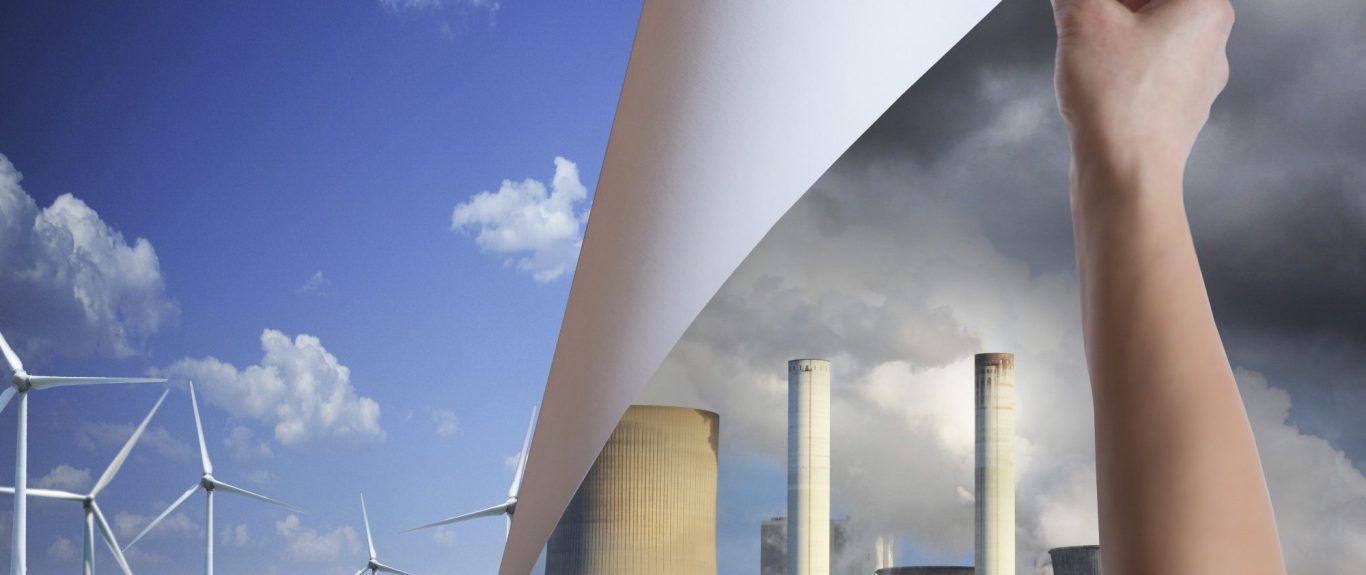Indonesia's Green Manufacturing Ambition and Its Realities
The aspirations for a greener manufacturing sector are strong in Indonesia, but the country's industrial development currently grapples with fundamental structural hurdles that could slow its advancement. On one hand, the government is meticulously crafting policies aimed at nurturing this nascent industry, actively still studying incentives for green vehicles to create a supportive environment. This includes considering not just battery electric vehicles (BEVs) but also exploring support for other clean energy transport solutions like hydrogen vehicles, aiming to boost local content and foster a competitive domestic automotive industry. This forward-looking policy approach is vital for reinforcing pushes for EV battery production and realizing broader industrial aspirations.
However, Indonesia's journey toward robust and sustainable manufacturing growth is hampered by formidable obstacles, primarily in the realm of energy infrastructure. A pervasive lack of grid investment stalls progress on clean energy across the archipelago, with experts lamenting the national power grid as ASEAN’s missing link to a renewable future. These significant infrastructure deficits directly impede the expansion of energy-intensive manufacturing, especially as the country strives to transition toward cleaner energy sources. Compounding this, its energy future is undermined by structural hurdles to achieving independence. This includes a complex web of inefficiencies and financing gaps that could compromise long-term energy security for factories nationwide. Despite possessing vast renewable energy potential, only a fraction has been effectively harnessed, partly due to inconsistent policies, funding challenges, and bureaucratic inertia.
The implications of these domestic drivers and structural challenges are profound for Indonesia's industrial future and overall economic resilience. On one hand, the government's pursuit of incentives for green vehicles represents a clear opportunity to attract high-value manufacturing, facilitate technology transfer, and integrate the nation into global green supply chains, aligning with its ambitious net-zero emission targets. However, some economic observers express caution, highlighting that significant gaps in grid investment and persistent structural hurdles to energy independence could severely constrain the actual scale and competitiveness of manufacturing expansion, potentially deterring crucial domestic and foreign investment.
While the continued growth of niche sectors like the printing industry, highlighted by the Jogja Printing Expo 2025, showcases regional potential, addressing these fundamental infrastructure and energy hurdles will be paramount to unlocking Indonesia's full manufacturing potential and ensuring long-term economic independence and competitiveness on the global stage.
Sources:
bno - Surabaya Office . (2025, May 20). Retrieved from bne IntelliNews: https://www.intellinews.com/indonesia-s-energy-future-the-structural-hurdles-to-achieving-independence-381439/?source=indonesia
ANTARA News. (2025 , May 19). Business & Investment: ANTARA News . Retrieved from ANTARA News : https://en.antaranews.com/news/355785/still-studying-incentives-for-green-vehicles-ministry
Creative Desk. (2025, May 19). Quick Dispatch: The Jakarta Post. Retrieved from The Jakarta Post: https://www.thejakartapost.com/adv/2025/05/19/jogja-printing-expo-2025-a-strategic-platform-for-indonesias-printing-industry-future.html
Karyza, D. (2025, May 19). Regulations: The Jakarta Post. Retrieved from The Jakarta Post: https://www.thejakartapost.com/business/2025/05/19/lack-of-grid-investment-stalls-progress-on-clean-energy.html

ECONOMY
May 23, 2025
